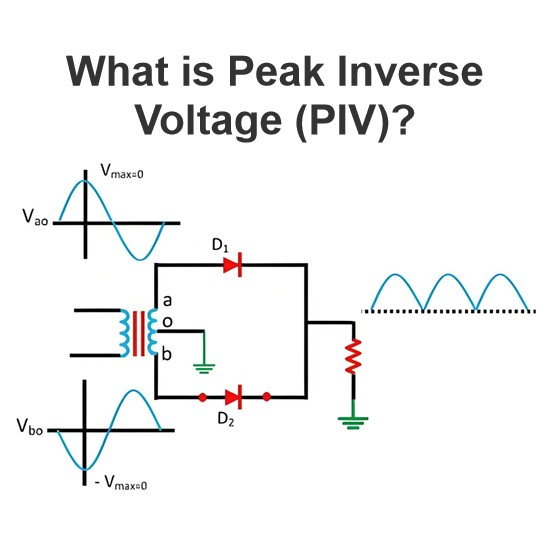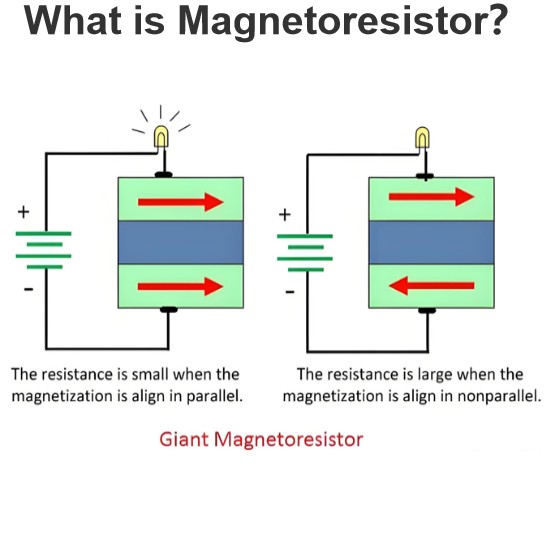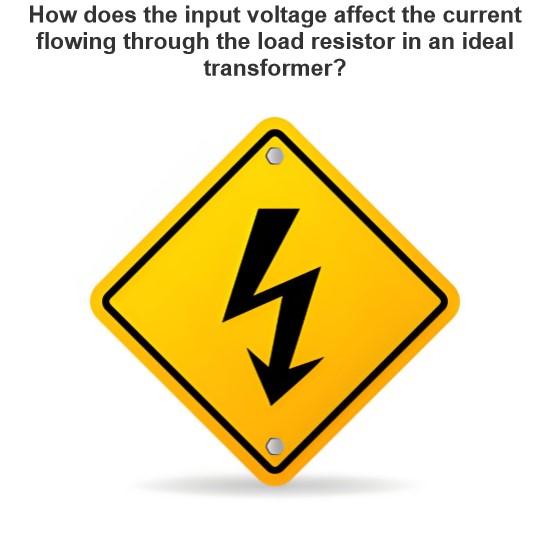What is a Spike Current?
What is a Spike Current?
Peak current definition
Peak current refers to the short and strong current peak that suddenly appears at the moment of startup of some electrical equipment or under certain conditions. Peak current usually occurs at the moment when the device is just switched on, at which time the internal circuit of the device may temporarily show a low impedance state, resulting in a sharp rise in current. The peak current has a great influence on the safety and reliability of electrical equipment and power system.
Characteristics of peak current
Transient: The spike current usually lasts only a few milliseconds to a few second.
High intensity: The peak of the peak current is usually much higher than the current of the normal operation of the device, and sometimes it can reach several times or even dozens of times the normal current.
Periodic or aperiodic: The spike current may occur every time the device is started, or it may occur occasionally under certain conditions.
Cause of the spike current
Inductive load starting: In a circuit containing inductive loads (such as motors, transformers, inductive ballasts, etc.), the inductive element will generate a counter-electromotive force at the moment of starting, resulting in an instant increase in current.
Capacitive load charging: In a circuit containing capacitive loads (such as capacitor banks, UPS, etc.), the instantaneous capacitor needs to be charged rapidly, resulting in an instant increase in current.
Circuit switching: In some circuits, such as circuit breakers or relays, an instantaneous spike current may be generated.
Power quality problems: power grid voltage sudden change, voltage dip or temporary rise and other phenomena may also lead to the generation of peak current.
The effect of spiking current
Equipment damage: Prolonged or frequent spikes can cause overheating, insulation aging, or mechanical damage to electrical equipment.
Fuse or circuit breaker trip: A spike current may trigger a blown fuse or circuit breaker trip, resulting in a power outage.
Electromagnetic interference: The peak current may cause electromagnetic interference, affecting the normal operation of other devices.
System stability: Spikes in current may affect the stability and reliability of the power system.
Methods to solve the spike current
Current limiting circuit: Add a current limiting circuit to the device, such as series resistors, current limiter, etc., to limit the peak current at startup.
Soft starter: The use of a soft starter can smoothly start the motor and other equipment, reducing the current impact when starting.
Frequency converter: The frequency converter can not only adjust the speed of the motor, but also control the current when starting, reducing the impact of peak current.
Pre-charging circuit: In circuits containing large capacitors, the use of pre-charging circuit can avoid the peak current when the capacitor is charged.
Improved equipment design: Optimize the design of electrical equipment to reduce the current shock during start-up.
Use high-performance circuit breakers: Use circuit breakers with high breaking capacity and fast response characteristics to protect the circuit from peak currents.
The Electricity Encyclopedia is dedicated to accelerating the dissemination and application of electricity knowledge and adding impetus to the development and innovation of the electricity industry.













